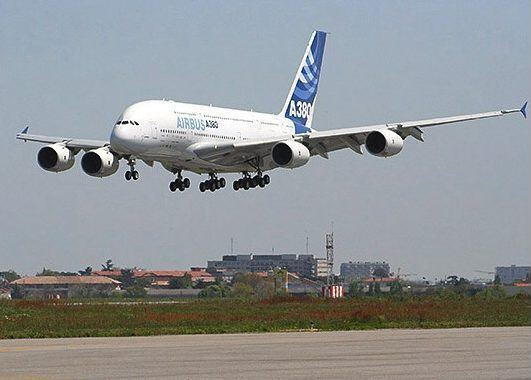 | ||
The maiden flight of an aircraft is the first occasion on which an aircraft leaves the ground under its own power. This is similar to a ship's maiden voyage.
The first flight of a new aircraft type is always a historic occasion for the type and can be quite emotional for those involved. In the early days of aviation it could be dangerous, because the exact handling characteristics of the aircraft were generally unknown. The first flight of a new type is almost invariably flown by a highly experienced test pilot. First flights are usually accompanied by a chase plane, to verify items like altitude, airspeed, and general airworthiness.
A first flight is only one stage in the development of an aircraft type. Unless the type is a pure research aircraft (such as the X-15), the aircraft must be tested extensively to ensure that it delivers the desired performance with an acceptable margin of safety. In the case of civilian aircraft, a new type must be certified by a governing agency (such as the Federal Aviation Administration in the United States) before it can enter operation.
Notable first flights
An incomplete list of first flights of notable aircraft types, organized by date, follows.
